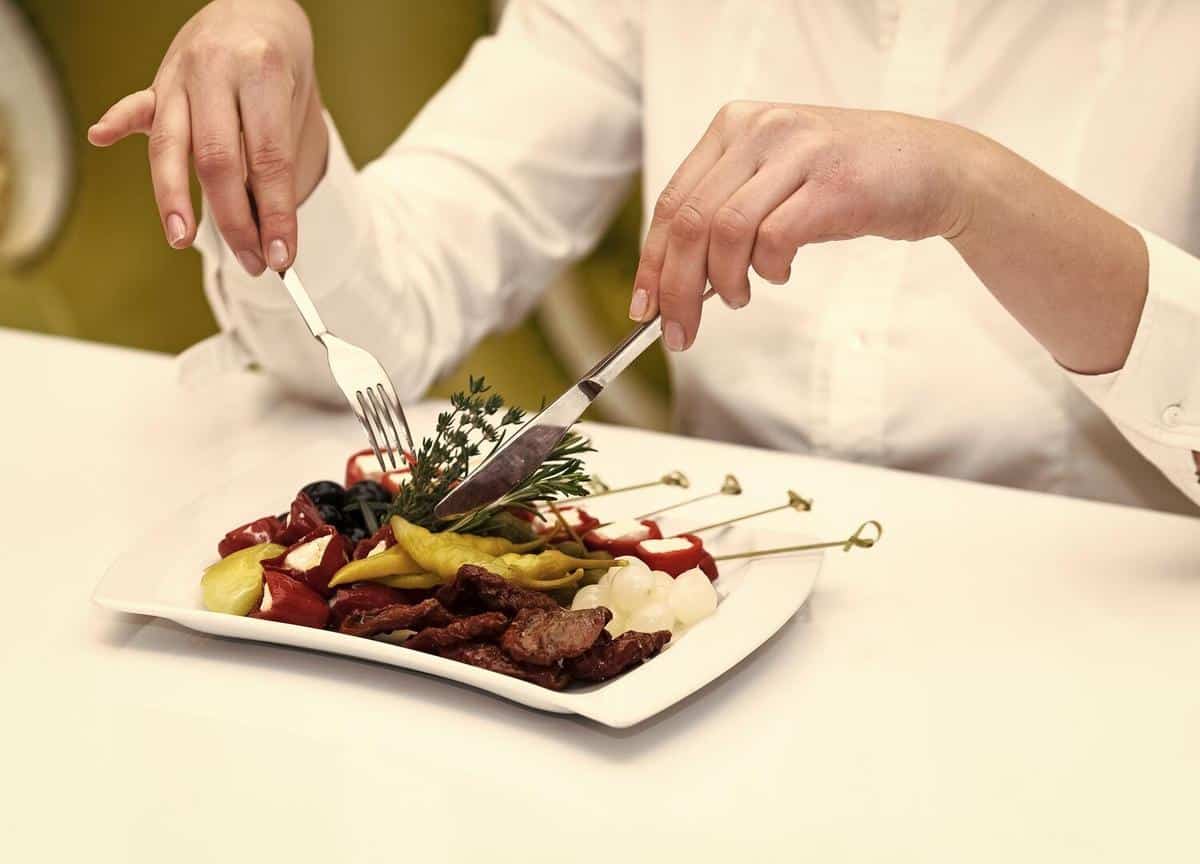
Art of Plating: How Presentation Elevates Culinary Experiences
The art of plating transforms a simple meal into an exquisite culinary experience, capturing the eyes before it tantalizes the taste buds.
The Significance of Plating in Culinary Arts
Plating is not merely about aesthetics; it’s an essential aspect of the dining experience that can significantly impact a diner’s perception of a dish. According to culinary expert and restaurateur Thomas Keller, ‘A well-plated dish can elevate the simplest ingredients into something extraordinary.’ This sentiment is echoed across the culinary world, where presentation is seen as a vital complement to taste.
The Science Behind Presentation
Research conducted by the University of Oxford found that diners are willing to pay up to 30% more for a meal that is beautifully presented. This highlights the psychological impact of visual appeal in food presentation, where aesthetics can enhance the perceived taste and value of a dish.
Personal Touch: A Chef’s Perspective
From my own experience in culinary school, I recall a lesson where we transformed a basic salad into a work of art by simply arranging the ingredients thoughtfully and adding contrasting colors. This hands-on practice taught me the power of visual storytelling on a plate.
Actionable Tips for Masterful Plating
- Balance and Harmony: Ensure that the components of the dish are balanced in terms of color, texture, and proportion.
- Use of Space: Avoid overcrowding the plate; negative space can be as powerful as the food itself.
- Height and Layers: Create visual interest by stacking or layering elements.
- Garnishing: Use edible garnishes that enhance the flavor profile of the dish.
Exploring Plating Styles
| Plating Style | Characteristics |
|---|---|
| Classic | Symmetrical and balanced, often used in traditional dining. |
| Free Form | Asymmetrical and artistic, encourages creativity. |
| Landscape | Horizontal arrangement, mimicking a landscape. |
| Minimalist | Focuses on simplicity, using few elements. |
| Rustic | Embraces a natural and relaxed feel. |
| Vertical | Emphasizes height and structure. |
| Fusion | Combines elements from different culinary traditions. |
| Deconstructed | Components are separated, allowing diners to explore each individually. |
FAQ
Does plating affect the taste of food?
While plating itself doesn’t change the taste, it can enhance the dining experience and influence the perception of how the food tastes.
What is the most important element of plating?
Balance is key, ensuring that flavors, colors, and textures complement each other.
Conclusion: Transform Your Culinary Creations
In conclusion, the art of plating is a crucial skill that can elevate any culinary creation. By focusing on balance, harmony, and creativity, you can transform your dishes into memorable experiences. Whether you’re a home cook or a professional chef, experimenting with plating techniques can enhance your culinary repertoire.